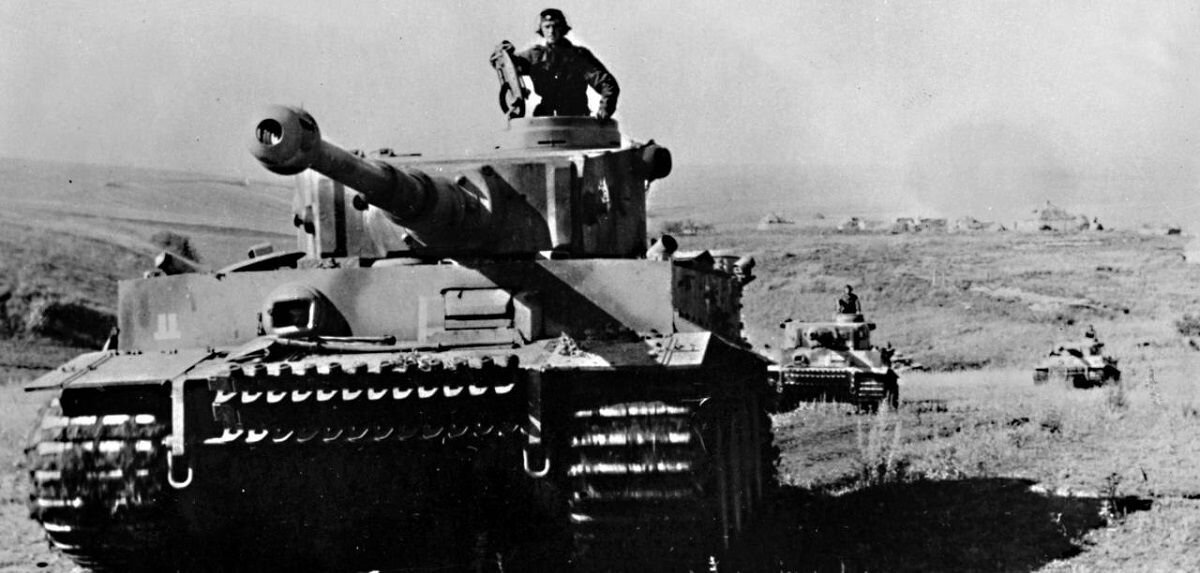You are using an out of date browser. It may not display this or other websites correctly.
You should upgrade or use an alternative browser.
You should upgrade or use an alternative browser.
nivek
As Above So Below
nivek
As Above So Below
At least 146 dead and scores critical after Halloween party stampede in Seoul: Sickening scenes show desperate battle to flee suffocating crush and revive victims after thousands tried to get to bar 'to see local celebrity' during South Korean festival
WARNING GRAPHIC CONTENT: A massive stampede has left at least 146 dead and hundreds more injured after being crushed by a large crowd, with hundreds hurt. The deadly crowd surge on took place Saturday night in the Itaewon leisure district of Seoul. They did not give a specific number of the people being treated for cardiac arrest but said they were in the dozens. Officials said it was believed that people were crushed to death after a large crowd began pushing forward in a narrow alley near Hamilton Hotel, a major party spot in Seoul. Dozens of people are being given CPR on Itaewon streets while many others have been taken to nearby hospitals.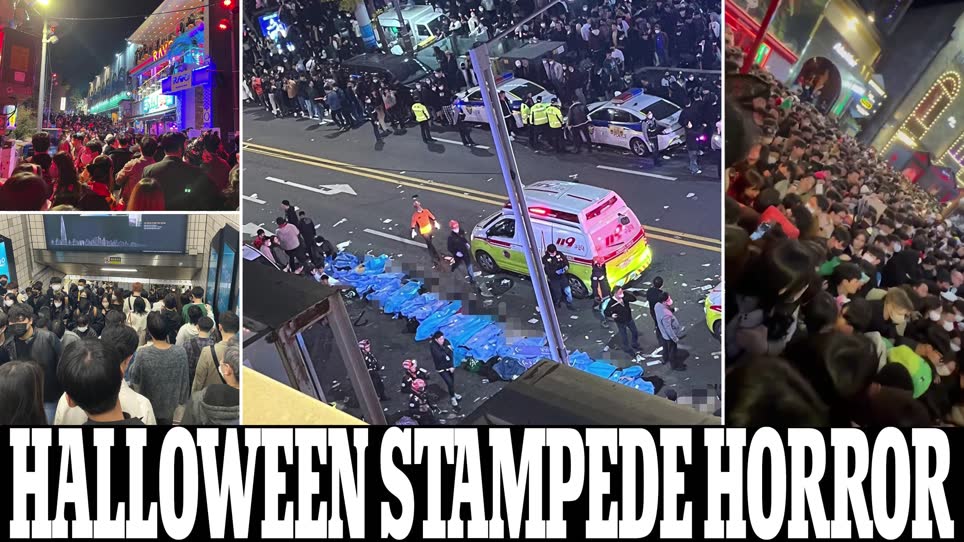
.
pigfarmer
tall, thin, irritable
North Korea ICBM may have failed in flight, officials say; allies extend major drills
North Korea ICBM may have failed in flight, officials say; allies extend major drills
By Kantaro Komiya Hyonhee Shin and Josh Smith
TOKYO/SEOUL, Nov 3 (Reuters) - North Korea fired multiple ballistic missiles on Thursday, including a possible failed intercontinental ballistic missile (ICBM) that triggered an alert for residents in parts of central and northern Japan to seek shelter.
Despite an initial government warning that a missile had flown over Japan, Tokyo later said that was incorrect.
Officials in South Korea and Japan said the missile may have been an ICBM, which are North Korea's longest-range weapons, and are designed to carry a nuclear warhead to the other side of the planet.
South Korean officials believe the ICBM failed in flight, Yonhap news agency reported, without elaborating. Spokespeople for the South Korean and Japanese ministries of defence declined to confirm the possible failure.
Japanese Defence Minister Yasukazu Hamada said the government lost track of the missile over the Sea of Japan, prompting it to correct its announcement that it had flown over Japan.
Retired Vice Admiral and former Japan Maritime Self Defense Force fleet commander Yoji Koda said the loss of radar tracking on the projectile pointed to a failed launch.
"It means at some point in the flight path there was some problem for the missile and it actually came apart," he said.
Although the warhead came down in the sea between the Korean peninsula and Japan, debris would have been travelling at high speed and may still have passed over Japan, Koda added.
North Korea has had several failed ICBM tests this year, according to South Korean and U.S. officials.
The United States condemned North Korea's ICBM launch, State Department spokesman Ned Price said in a statement. "This launch is a clear violation of multiple United Nations Security Council resolutions," he said.
It also demonstrates the threat from North Korea's unlawful weapons of mass destruction and ballistic missile programmes, Price added.
The launches came after Pyongyang demanded the United States and South Korea stop large-scale military exercises, saying such "military rashness and provocation can be no longer tolerated".
It has said that a recent flurry of missile launches and other military activities were in protest against such drills.
The allies have been conducting one of the largest air exercises ever, with hundreds of South Korean and U.S. warplanes, including F-35 fighters, staging around-the-clock simulated missions.
After Thursday's ICBM launch, the allies agreed to extend the drills past Friday, when they had been scheduled to end, South Korea's Air Force said in a statement.
"A strong combined defense posture of the ROK-U.S. alliance is necessary under the current security crisis that is escalating due to North Korean provocations," the statement said, using the initials of South Korea's official name.
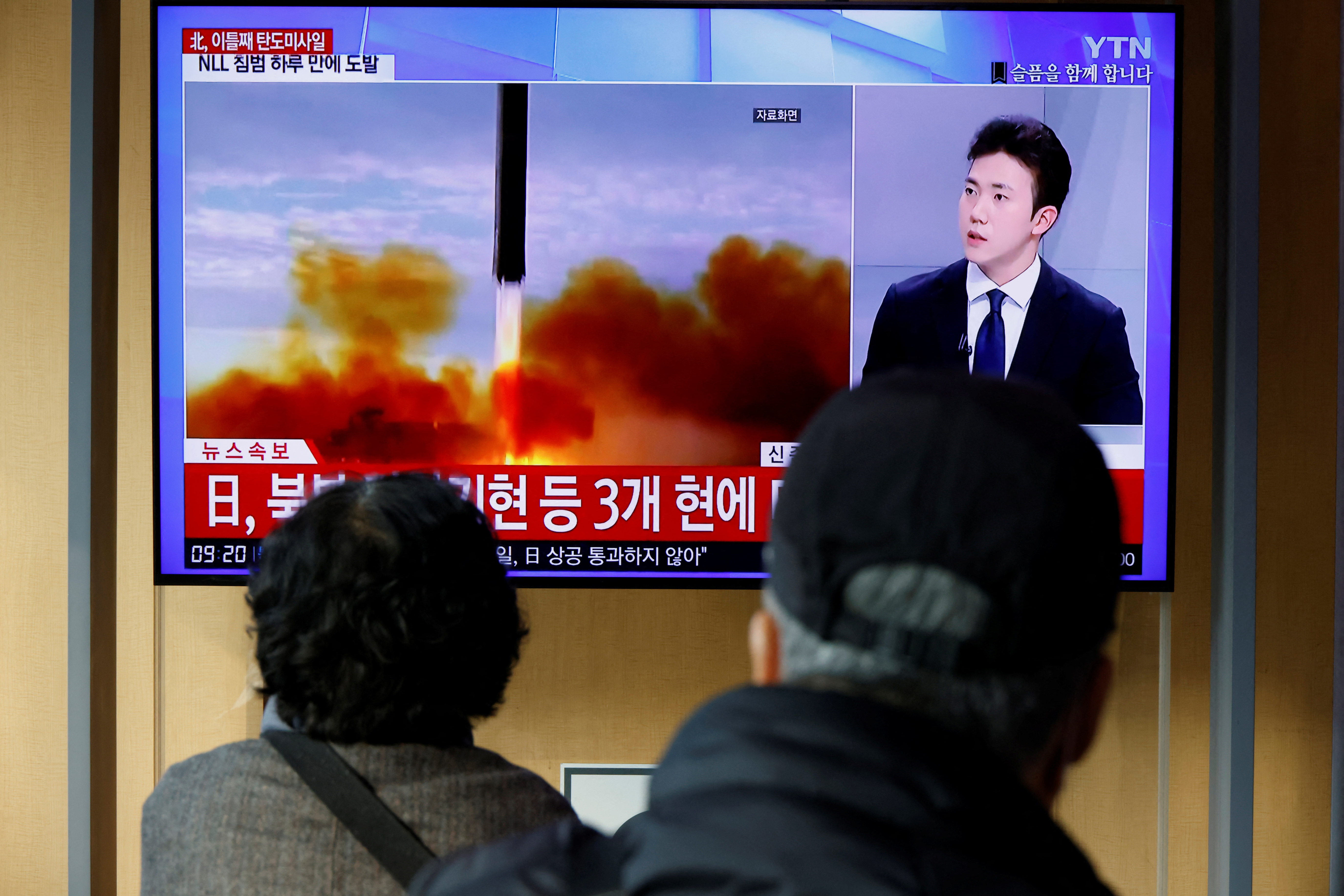
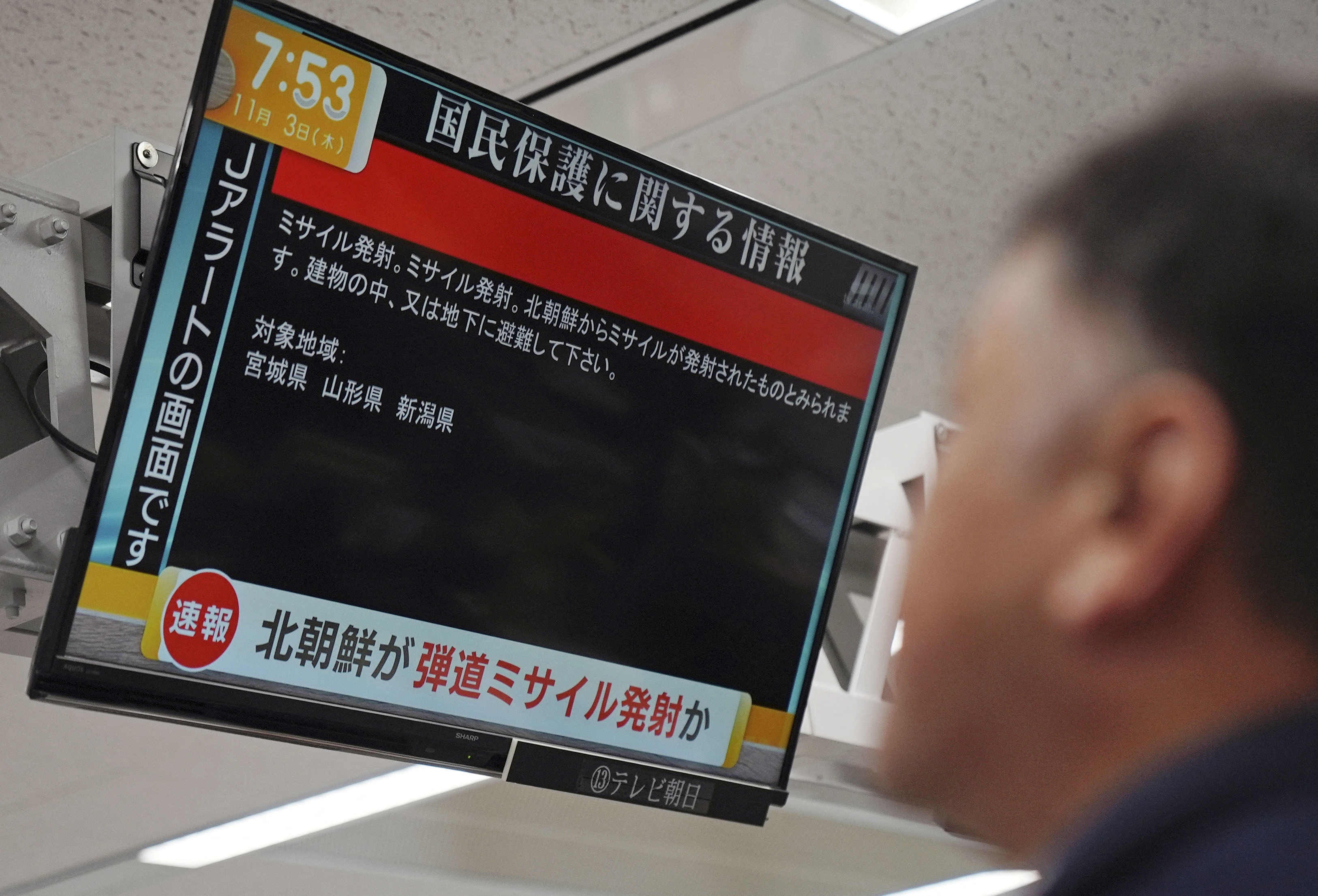
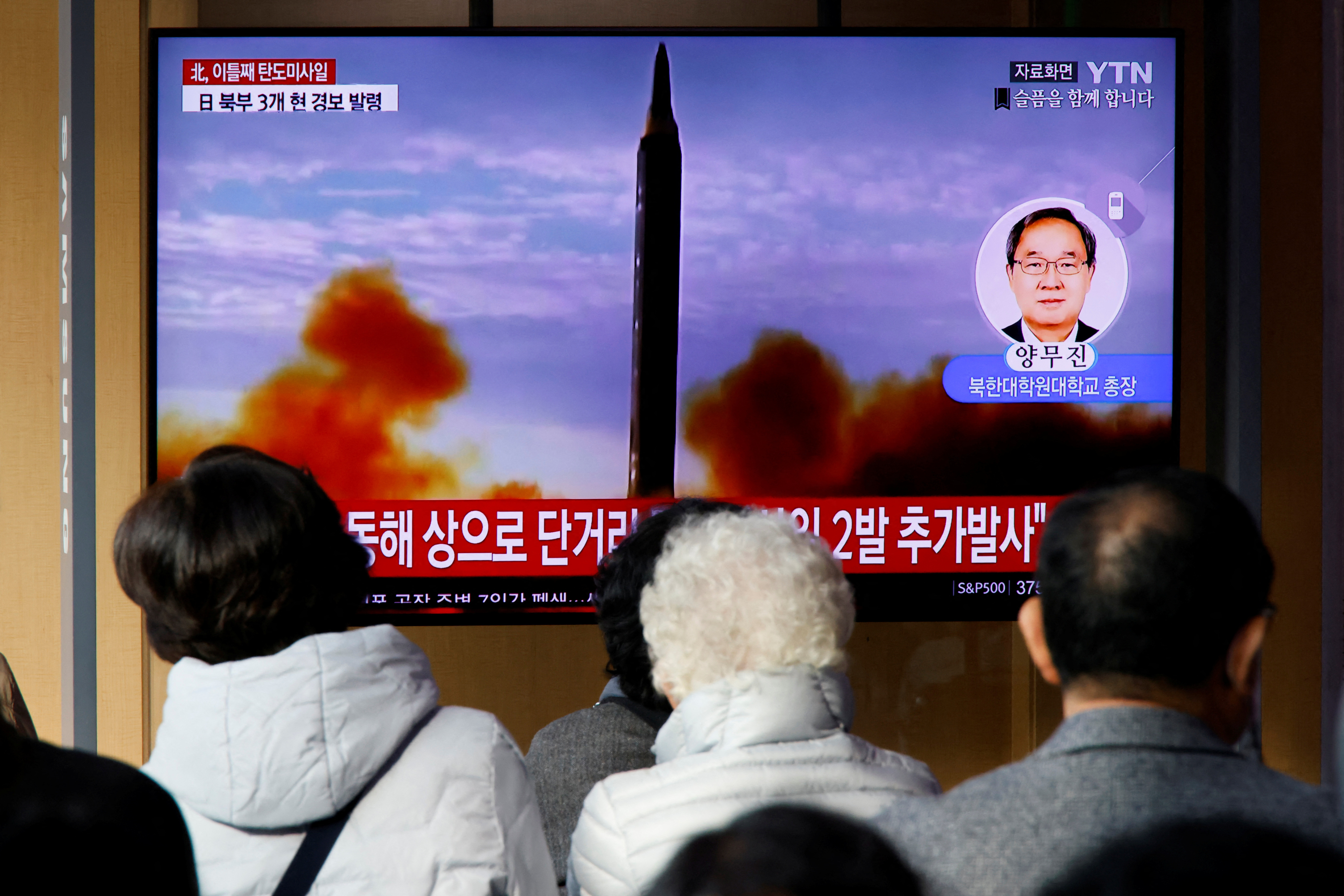
[1/4] People watch a TV broadcasting a news report on North Korea firing a ballistic missile off its east coast, in Seoul, South Korea, November 3, 2022. REUTERS/ Heo Ran
The launches came after North Korea fired at least 23 missiles on Wednesday, the most in a single day, including one that landed off South Korea's coast for the first time.
South Korea issued rare air raid warnings and launched its own missiles in response after Wednesday's barrage. On Thursday, the South's transportation ministry announced that air routes had reopened in the area where the missile had fallen, having been closed for around 24 hours.
After the first launch on Thursday, residents of Miyagi, Yamagata and Niigata prefectures in Japan were warned to seek shelter indoors, according to the J-Alert Emergency Broadcasting System.
"We detected a launch that showed the potential to fly over Japan and therefore triggered the J Alert, but after checking the flight we confirmed that it had not passed over Japan," Hamada told reporters.
The first missile flew to an altitude of about 2,000 kilometres (1,242 miles) and a range of 750 km, he said. Such a flight pattern is called a "lofted trajectory", in which a missile is fired high into space to avoid flying over neighbouring countries.
South Korea's Joint Chiefs of Staff said the long-range missile was launched from near the North Korean capital, Pyongyang.
About an hour after the first launch, South Korea's military and the Japanese coast guard reported a second and third launch from North Korea. South Korea said both of those were short-range missiles fired from Kaechon, north of Pyongyang.
In brief comments to reporters a few minutes later, Prime Minister Fumio Kishida said, "North Korea's repeated missile launches are an outrage and absolutely cannot be forgiven."
Chinese foreign ministry spokesperson Zhao Lijian on Thursday at a regular news briefing avoided commenting directly on the missile launches or potential sanctions on North Korea, instead repeating the standard line from Beijing that it hoped all parties could peacefully resolve issues through dialogue.
U.S. President Joe Biden and his national security team were "assessing the situation," National Security Council spokesperson Adrienne Watson said in a statement, which added that the United States would take "all necessary measures" to ensure security.
After North Korea's launches on Wednesday, including one missile that landed less than 60 km (40 miles) off South Korea's coast, South Korean President Yoon Suk-yeol described the flights as "territorial encroachment" and Washington denounced them as "reckless".
On Oct. 4, North Korea launched a ballistic missile over Japan for the first time in five years, prompted a warning for residents there to take cover. It was the farthest North Korea had ever fired a missile.
North Korea ICBM may have failed in flight, officials say; allies extend major drills
By Kantaro Komiya Hyonhee Shin and Josh Smith
TOKYO/SEOUL, Nov 3 (Reuters) - North Korea fired multiple ballistic missiles on Thursday, including a possible failed intercontinental ballistic missile (ICBM) that triggered an alert for residents in parts of central and northern Japan to seek shelter.
Despite an initial government warning that a missile had flown over Japan, Tokyo later said that was incorrect.
Officials in South Korea and Japan said the missile may have been an ICBM, which are North Korea's longest-range weapons, and are designed to carry a nuclear warhead to the other side of the planet.
South Korean officials believe the ICBM failed in flight, Yonhap news agency reported, without elaborating. Spokespeople for the South Korean and Japanese ministries of defence declined to confirm the possible failure.
Japanese Defence Minister Yasukazu Hamada said the government lost track of the missile over the Sea of Japan, prompting it to correct its announcement that it had flown over Japan.
Retired Vice Admiral and former Japan Maritime Self Defense Force fleet commander Yoji Koda said the loss of radar tracking on the projectile pointed to a failed launch.
"It means at some point in the flight path there was some problem for the missile and it actually came apart," he said.
Although the warhead came down in the sea between the Korean peninsula and Japan, debris would have been travelling at high speed and may still have passed over Japan, Koda added.
North Korea has had several failed ICBM tests this year, according to South Korean and U.S. officials.
The United States condemned North Korea's ICBM launch, State Department spokesman Ned Price said in a statement. "This launch is a clear violation of multiple United Nations Security Council resolutions," he said.
It also demonstrates the threat from North Korea's unlawful weapons of mass destruction and ballistic missile programmes, Price added.
The launches came after Pyongyang demanded the United States and South Korea stop large-scale military exercises, saying such "military rashness and provocation can be no longer tolerated".
It has said that a recent flurry of missile launches and other military activities were in protest against such drills.
The allies have been conducting one of the largest air exercises ever, with hundreds of South Korean and U.S. warplanes, including F-35 fighters, staging around-the-clock simulated missions.
After Thursday's ICBM launch, the allies agreed to extend the drills past Friday, when they had been scheduled to end, South Korea's Air Force said in a statement.
"A strong combined defense posture of the ROK-U.S. alliance is necessary under the current security crisis that is escalating due to North Korean provocations," the statement said, using the initials of South Korea's official name.



[1/4] People watch a TV broadcasting a news report on North Korea firing a ballistic missile off its east coast, in Seoul, South Korea, November 3, 2022. REUTERS/ Heo Ran
EMERGENCY WARNINGS
North Korea also launched two short-range ballistic missiles on Thursday.The launches came after North Korea fired at least 23 missiles on Wednesday, the most in a single day, including one that landed off South Korea's coast for the first time.
South Korea issued rare air raid warnings and launched its own missiles in response after Wednesday's barrage. On Thursday, the South's transportation ministry announced that air routes had reopened in the area where the missile had fallen, having been closed for around 24 hours.
After the first launch on Thursday, residents of Miyagi, Yamagata and Niigata prefectures in Japan were warned to seek shelter indoors, according to the J-Alert Emergency Broadcasting System.
"We detected a launch that showed the potential to fly over Japan and therefore triggered the J Alert, but after checking the flight we confirmed that it had not passed over Japan," Hamada told reporters.
The first missile flew to an altitude of about 2,000 kilometres (1,242 miles) and a range of 750 km, he said. Such a flight pattern is called a "lofted trajectory", in which a missile is fired high into space to avoid flying over neighbouring countries.
South Korea's Joint Chiefs of Staff said the long-range missile was launched from near the North Korean capital, Pyongyang.
About an hour after the first launch, South Korea's military and the Japanese coast guard reported a second and third launch from North Korea. South Korea said both of those were short-range missiles fired from Kaechon, north of Pyongyang.
REGIONAL REACTION
South Korean Vice Foreign Minister Cho Hyun-dong and U.S. Deputy Secretary of State Wendy Sherman strongly condemned North Korea's series of missile launches as "deplorable and immoral" during a phone call on Thursday, Seoul's foreign ministry said.In brief comments to reporters a few minutes later, Prime Minister Fumio Kishida said, "North Korea's repeated missile launches are an outrage and absolutely cannot be forgiven."
Chinese foreign ministry spokesperson Zhao Lijian on Thursday at a regular news briefing avoided commenting directly on the missile launches or potential sanctions on North Korea, instead repeating the standard line from Beijing that it hoped all parties could peacefully resolve issues through dialogue.
U.S. President Joe Biden and his national security team were "assessing the situation," National Security Council spokesperson Adrienne Watson said in a statement, which added that the United States would take "all necessary measures" to ensure security.
After North Korea's launches on Wednesday, including one missile that landed less than 60 km (40 miles) off South Korea's coast, South Korean President Yoon Suk-yeol described the flights as "territorial encroachment" and Washington denounced them as "reckless".
On Oct. 4, North Korea launched a ballistic missile over Japan for the first time in five years, prompted a warning for residents there to take cover. It was the farthest North Korea had ever fired a missile.
pigfarmer
tall, thin, irritable
Analysis: Japan rushes to rearm with eye on 2027 - and China's Taiwan ambitions

5th and 8th Air Wing of Japan Air Self-Defense Force's F-15 and F-2 fighters hold a joint military drill with U.S. Marine Aircraft Group 12's F-35B fighters off Japan's southernmost main island of Kyushu, Japan, in this handout picture taken by Japan Air Self-Defence Force and released by the Joint Staff Office of the Defense Ministry of Japan October 4, 2022. Joint Staff Office of the Defense Ministry of Japan/HANDOUT via REUTERS
TOKYO, Oct 19 (Reuters) - Between China's 20th Communist Party Congress, that began Sunday, and the next one in 2027, Japan will undertake its biggest arms buildup since World War Two in a race to deter Beijing from war in East Asia, according to Japanese government officials and security analysts.
Japan identified China as its chief adversary in its 2019 defence white paper, worried that Beijing's flouting of international norms, pressure on Taiwan and rapid military modernisation posed a serious security threat. That anxiety has intensified since Russia invaded Ukraine, weakening Japanese public opposition to rearming, security experts say.
Advertisement · Scroll to continue
Japan's government "has the wind at its back and will use that to do whatever it can," said Takashi Kawakami, a professor at Takushoku University in Tokyo. By pointing to 2027 as the moment when East Asia's power balance may tip in China's favour, Japan's government can rally support for greater defence spending, he added.
In addition to being the next time Communist Party delegates gather in Beijing, 2027 is the next major milestone on China's military modernisation roadmap and the centennial of the founding of the People's Liberation Army. At a congressional hearing last year, U.S. Indo-Pacific commander Admiral Philip Davidson said that China's threat against Taiwan could "manifest" that year.
For Japan, losing Taiwan to mainland Chinese control could be a disaster because it would jeopardise key shipping lanes that supply nearly all Japan’s oil and many of the materials it uses for manufacturing. It would also give the Chinese navy unfettered access to the Western Pacific from bases on the island.
"There are different shades of opinion, but generally, government officials share the same view of the significance of 2027," said a senior Japanese government official involved in defence buildup plans.
"This has been discussed internally," he added, asking not to be identified because of the sensitivity of the issue.
China's foreign ministry said Japan was using China as a pretext for a military buildup.
"Political forces in Japan have repeatedly used China as an excuse to deliberately exaggerate regional tensions. In doing so, the Japanese side is only looking for excuses to strengthen its own military and expand its military," the ministry said in a written response to Reuters.
At the congress in Beijing, Chinese leader Xi Jinping called for accelerating China's plans to build a world-class military and said his country would never renounce the right to use force to resolve the Taiwan issue.
Japanese defence ministry officials did not immediately respond to a request for comment.
China could try to capture Japanese islands close to Taiwan to establish air defences and fend off any counter attack, said another Japanese government official involved in planning, who also asked not to be named because he is not authorised to talk to the media.
China lobbed missiles into waters less than 100 miles (160km) from those islands in August during exercises after a visit to Taiwan by U.S. House Speaker Nancy Pelosi, which Beijing slammed as American interference. read more
Japanese military bases, airports, seaports, and other logistical hubs could also be tempting targets for Chinese missile strikes because they would be staging grounds for U.S. forces.
In crafting its defence plans, Japan needs to consider a scenario in which Washington does not respond to a Chinese attack on Taiwan, said Yasuhiro Matsuda, an international politics professor at Tokyo University and former Ministry of Defence senior researcher.
"If Japan can strengthen its defence capability ... then China's calculation to attack U.S. forces on Japan will be quite different, the cost and risk of a Taiwan operation will be quite high," Matsuda said this month during an online discussion hosted by the Rand Corporation think tank.
In an opinion poll published by public broadcaster NHK this month, 55% of 1,247 people surveyed said they supported increased defence spending, compared with 29% who opposed it. Of those backing a stronger military, 61% said Japan should pay for it with public spending cuts.
In July, Prime Minister Fumio Kishida won national upper house elections with a pledge to "substantially" increase defence spending. His ruling Liberal Democratic Party promised to double the military budget to about 10 trillion yen ($68 billion) within five years.
That extra money will pay for longer-range missiles - improved Mitsubishi Heavy Industries (MHI) (7011.T) Type 12s, Kongsberg (KOG.OL) Joint Strike Missiles and Lockheed Martin (LMT.N) Joint Air-to-Surface Standoff Missiles - that can strike distant warships and land targets in China or North Korea.
Big projects include a new jet fighter for deployment in the 2030s that will most likely be merged with Britain's proposed Tempest stealth plane into a programme led by MHI and BAE Systems (BAES.L). The splurge of defence spending should also benefit U.S. suppliers such as Lockheed, Boeing Co (BA.N) and Northrop Grumman Corp (NOC.N). read more
More immediately, it will help Japan increase stockpiles of spare parts and ammunition that its untested military would need to sustain any fight.
"We will need to give priority to things that we can deploy within five years," the first government official said.
Kishida will unveil details of military spending plans in December along with a revamped security strategy. That strategy is expected to give Japan a bigger regional security role alongside the United States, which has thousands of troops, hundreds of aircraft, and dozens of warships deployed in Japan.
Japan's focus on China is unlikely to waver, analysts say, even as its former top adversary, North Korea, is in the midst of a fresh cycle of missile tests, the latest on Friday, including the first flight over Japan since 2017. After the Chinese Communist Party congress, the Kim Jong Un regime is widely expected to follow up with a nuclear test. read more
Japan wants to let South Korea take the lead in tackling its belligerent northern neighbour, a senior Japanese Self Defense Force commander said, speaking anonymously because of the sensitivity of the matter.
"I don't see North Korea's actions leading to any significant change" to Japan's China focus," said Bonji Ohara, senior fellow at the Sasakawa Peace Foundation and a former military attache at Japan's embassy in China. North Korea's latest actions may even help solidify public support for it, he added.
Analysis: Japan rushes to rearm with eye on 2027 - and China's Taiwan ambitions
By Tim Kelly, Nobuhiro Kubo and Yukiko Toyoda
5th and 8th Air Wing of Japan Air Self-Defense Force's F-15 and F-2 fighters hold a joint military drill with U.S. Marine Aircraft Group 12's F-35B fighters off Japan's southernmost main island of Kyushu, Japan, in this handout picture taken by Japan Air Self-Defence Force and released by the Joint Staff Office of the Defense Ministry of Japan October 4, 2022. Joint Staff Office of the Defense Ministry of Japan/HANDOUT via REUTERS
TOKYO, Oct 19 (Reuters) - Between China's 20th Communist Party Congress, that began Sunday, and the next one in 2027, Japan will undertake its biggest arms buildup since World War Two in a race to deter Beijing from war in East Asia, according to Japanese government officials and security analysts.
Japan identified China as its chief adversary in its 2019 defence white paper, worried that Beijing's flouting of international norms, pressure on Taiwan and rapid military modernisation posed a serious security threat. That anxiety has intensified since Russia invaded Ukraine, weakening Japanese public opposition to rearming, security experts say.
Advertisement · Scroll to continue
Japan's government "has the wind at its back and will use that to do whatever it can," said Takashi Kawakami, a professor at Takushoku University in Tokyo. By pointing to 2027 as the moment when East Asia's power balance may tip in China's favour, Japan's government can rally support for greater defence spending, he added.
In addition to being the next time Communist Party delegates gather in Beijing, 2027 is the next major milestone on China's military modernisation roadmap and the centennial of the founding of the People's Liberation Army. At a congressional hearing last year, U.S. Indo-Pacific commander Admiral Philip Davidson said that China's threat against Taiwan could "manifest" that year.
For Japan, losing Taiwan to mainland Chinese control could be a disaster because it would jeopardise key shipping lanes that supply nearly all Japan’s oil and many of the materials it uses for manufacturing. It would also give the Chinese navy unfettered access to the Western Pacific from bases on the island.
"There are different shades of opinion, but generally, government officials share the same view of the significance of 2027," said a senior Japanese government official involved in defence buildup plans.
"This has been discussed internally," he added, asking not to be identified because of the sensitivity of the issue.
China's foreign ministry said Japan was using China as a pretext for a military buildup.
"Political forces in Japan have repeatedly used China as an excuse to deliberately exaggerate regional tensions. In doing so, the Japanese side is only looking for excuses to strengthen its own military and expand its military," the ministry said in a written response to Reuters.
At the congress in Beijing, Chinese leader Xi Jinping called for accelerating China's plans to build a world-class military and said his country would never renounce the right to use force to resolve the Taiwan issue.
Japanese defence ministry officials did not immediately respond to a request for comment.
TAIWAN SCENARIO
Japan's delicate diplomatic and economic relations with its bigger neighbour mean it is unlikely to commit to directly defending Taiwan. But with Japan's nearest territory only about 150 kilometres (93 miles) from the island, it could be drawn into conflict with an adversary that spends more than four times as much on its military.China could try to capture Japanese islands close to Taiwan to establish air defences and fend off any counter attack, said another Japanese government official involved in planning, who also asked not to be named because he is not authorised to talk to the media.
China lobbed missiles into waters less than 100 miles (160km) from those islands in August during exercises after a visit to Taiwan by U.S. House Speaker Nancy Pelosi, which Beijing slammed as American interference. read more
Japanese military bases, airports, seaports, and other logistical hubs could also be tempting targets for Chinese missile strikes because they would be staging grounds for U.S. forces.
In crafting its defence plans, Japan needs to consider a scenario in which Washington does not respond to a Chinese attack on Taiwan, said Yasuhiro Matsuda, an international politics professor at Tokyo University and former Ministry of Defence senior researcher.
"If Japan can strengthen its defence capability ... then China's calculation to attack U.S. forces on Japan will be quite different, the cost and risk of a Taiwan operation will be quite high," Matsuda said this month during an online discussion hosted by the Rand Corporation think tank.
ARMS RACE
Russia's invasion of Ukraine, which it calls a "special operation", has helped shift public opinion in Japan away from the postwar pacifism that has dominated defence policy for decades. read moreIn an opinion poll published by public broadcaster NHK this month, 55% of 1,247 people surveyed said they supported increased defence spending, compared with 29% who opposed it. Of those backing a stronger military, 61% said Japan should pay for it with public spending cuts.
In July, Prime Minister Fumio Kishida won national upper house elections with a pledge to "substantially" increase defence spending. His ruling Liberal Democratic Party promised to double the military budget to about 10 trillion yen ($68 billion) within five years.
That extra money will pay for longer-range missiles - improved Mitsubishi Heavy Industries (MHI) (7011.T) Type 12s, Kongsberg (KOG.OL) Joint Strike Missiles and Lockheed Martin (LMT.N) Joint Air-to-Surface Standoff Missiles - that can strike distant warships and land targets in China or North Korea.
Big projects include a new jet fighter for deployment in the 2030s that will most likely be merged with Britain's proposed Tempest stealth plane into a programme led by MHI and BAE Systems (BAES.L). The splurge of defence spending should also benefit U.S. suppliers such as Lockheed, Boeing Co (BA.N) and Northrop Grumman Corp (NOC.N). read more
More immediately, it will help Japan increase stockpiles of spare parts and ammunition that its untested military would need to sustain any fight.
"We will need to give priority to things that we can deploy within five years," the first government official said.
Kishida will unveil details of military spending plans in December along with a revamped security strategy. That strategy is expected to give Japan a bigger regional security role alongside the United States, which has thousands of troops, hundreds of aircraft, and dozens of warships deployed in Japan.
Japan's focus on China is unlikely to waver, analysts say, even as its former top adversary, North Korea, is in the midst of a fresh cycle of missile tests, the latest on Friday, including the first flight over Japan since 2017. After the Chinese Communist Party congress, the Kim Jong Un regime is widely expected to follow up with a nuclear test. read more
Japan wants to let South Korea take the lead in tackling its belligerent northern neighbour, a senior Japanese Self Defense Force commander said, speaking anonymously because of the sensitivity of the matter.
"I don't see North Korea's actions leading to any significant change" to Japan's China focus," said Bonji Ohara, senior fellow at the Sasakawa Peace Foundation and a former military attache at Japan's embassy in China. North Korea's latest actions may even help solidify public support for it, he added.
nivek
As Above So Below
NYTimes pens front page piece accusing GOP of spreading 'misinformation' over Paul Pelosi hammer battery story.... BUT fails to address glaring holes in the narrative
The New York Times published a piece on Saturday accusing Republican officials and prominent right-wing media personalities of spreading misinformation and false conspiracy theories about what happened the night Paul Pelosi was attacked. Pelosi, 82, is recovering at home a week after he was struck in the head with a hammer wielded by David DePape, 42, who broke into the San Francisco property while Pelosi's wife US Speaker of the House Nancy Pelosi - along with her security detail - was in Washington, D.C. There were theories that the attack had been staged, questions about whether Pelosi knew his attacker and even a theory that the assault was the result of an extramarital gay affair.
.
nivek
As Above So Below
nivek
As Above So Below
Record-breaking Powerball jackpot hits $2.3 BILLION after no one matches all six numbers in delayed draw
Monday night's draw for the bumper prize was delayed after an unnamed state said it needed more time to process sales. Officials carried out the draw on Tuesday morning and also said new Im revealed the jackpot is around $100million more than the initial estimate of $1.9 billion. The draw was scheduled for Monday night, with millions of Americans eagerly awaiting the results. But the deadline came and went without an announcement thanks to one of the 48 participating lotteries not submitting all of its ticket sales and play data to the Multi State Lottery Association. Officials haven't yet revealed whether there are any winning tickets for top prize.
.
nivek
As Above So Below
wwkirk
Divine
Impressed it has managed to receive over 600k views. Don't know how long it will remain up.
The shadow
The shadow knows!

Section of destroyed shuttle Challenger found on ocean floor
A large section of the destroyed space shuttle Challenger has been found buried in sand at the bottom of the Atlantic.
nivek
As Above So Below
nivek
As Above So Below
Mexico uses footage of homeless people and drug addicts from PHILADELPHIA in ads to scare young people away from substance abuse
The Mexican government is using video of homeless people and open-air drug users in Philadelphia's troubled Kensington neighborhood in a national ad campaign to try to scare young people away from drugs. Jesús Ramírez, the spokesman for Mexican President Andrés Manuel López Obrador, proudly presented the ad series Tuesday, saying the campaign 'seeks to inform young people of the damage caused to health by the consumption of chemical drugs.' The office of Philadelphia Mayor Jim Kenney acknowledged in a statement the city faces a drug crisis, but added that 'it is always hard to see our city's people and neighborhoods portrayed in a limited and negative light.'.
nivek
As Above So Below

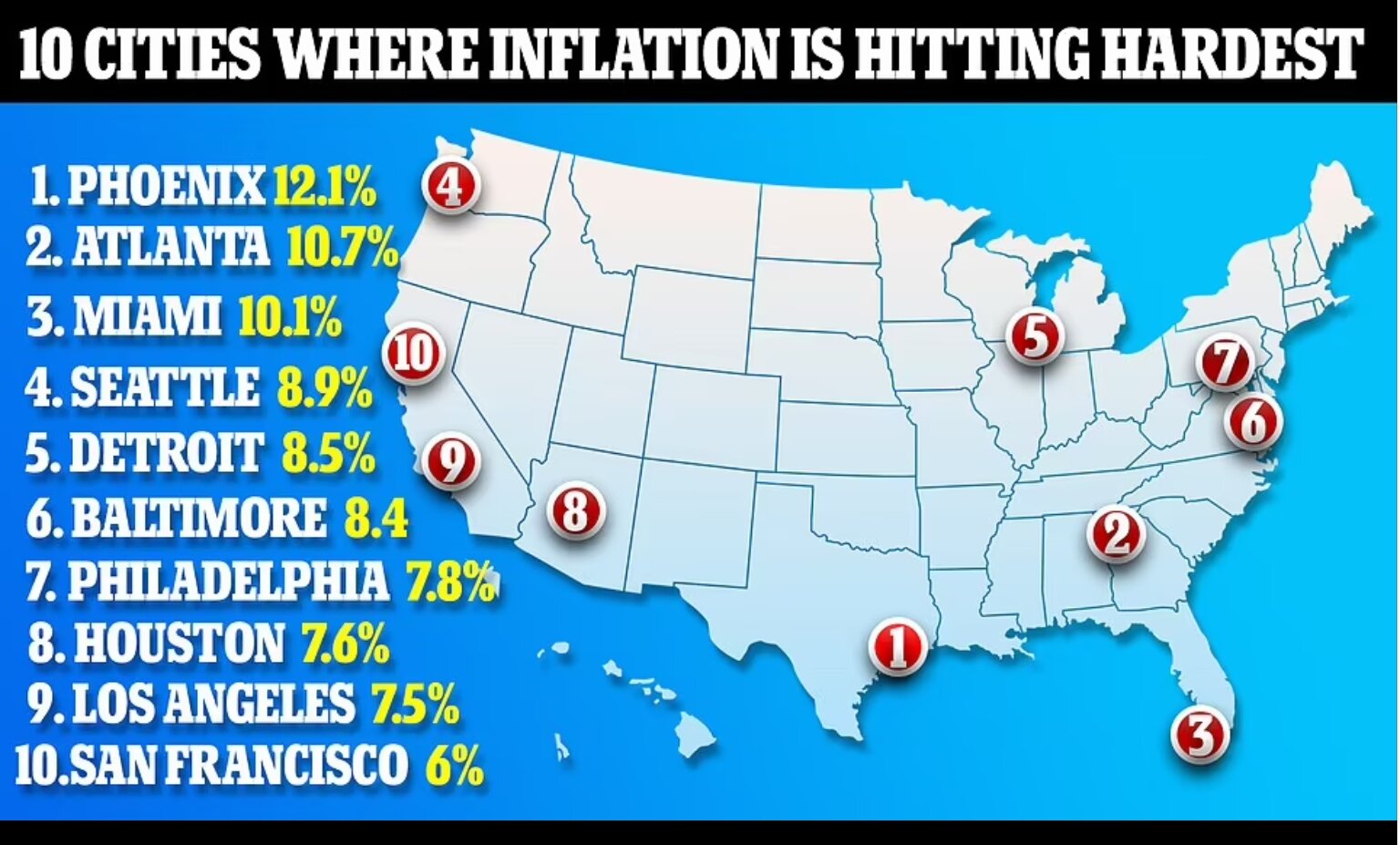
How hard are YOU being hit by inflation? Map reveals where in the US the cost of living is highest - with some areas topping 12 PERCENT
Some cities and states are battling the ongoing inflation crisis in the US better than others, according to the Bureau of Labor Statistics. On Thursday, it was announced that inflation moderated in the United States last month, in a sign that the price increases that have hammered Americans are easing as the economy slows and consumers grow more cautious. Despite the good news, figures from the Bureau of Labor Statistics show that some cities are still considered to be hotbeds of inflation. In October, Phoenix reported an inflation rate of 12.1 percent on certain goods. That's down 0.9 percent from the city's record high of 13 percent which was reported earlier this year. According to Redfin, the average price of a home in Phoenix was up nine percent in September compared against the same time last year. Other cities battling high inflation rates include Atlanta, where prices are up 10.7 percent and Miami where prices are up 10.1 percent. As a whole, the Republican led states of Georgia and Florida have seen prices rise at a rate of 8.3 percent. That's the same number being seen in South Carolina, North Carolina, Maryland, Virginia and West Virginia. Moving westward, Texas, Oklahoma, Arkansas and Louisiana, are seeing slightly higher inflation, with 8.4 percent being reported. Up north, New York, New Jersey, Pennsylvania and Delaware reported rates of 6.8 percent, below the national average..
nivek
As Above So Below
‘Something that should concern us all’: US workers are earning just 12 cents more now than they did in 1972 — adjusted for inflation.
Rampant inflation has been making headlines this year. But price levels have long been rising in this country — eroding the real wage of working Americans.According to CNBC, American workers earned an average of $27.45 per hour in June 2022. Back in 1972, the same workers made an average of $3.88 an hour.
That’s serious wage growth right?
Not so quick. Those numbers are nominal wages that haven’t taken into account inflation.
When adjusted for inflation, American workers are earning just 12 cents more today than they did in 1972.
In other words, real wages — wages in terms of the number of goods and services that can be bought — have essentially been stagnant for 50 years.
“When the average American is not seeing his or her living standards increase over a period of decades, that’s something that should concern us all,” Harry Holzer, professor of public policy at Georgetown University, tells CNBC.
(More on the link)
.



